We know that, after finishing your university studies in China, you continued your training briefly in Germany and, later on, in the United States, where you also worked in Richard Meier’s and Steven Holl’s studios. Can you briefly describe your university and professional training and how, eventually, has it influenced your way of architectural planning?
I continued my studies in the U.S. and Germany after finishing my Master degree at Tsinghua University. And after that, I worked in New York. This experience had been lasting for about 8 years before I came back to China in 2008.
In fact, I think what influenced me the most is the significance of “vision”. From my point of perspective, there are two aspects of visions that are crucial for the native Chinese architects. The first one is to establish a way in observing the world and globalization from a perspective of Chinese architects. The other one is to get a sense of how the world is understanding China, or in other words, to see China and Chinese architecture through a more universal context. These two aspects in vision are actually bi-directional and have further influenced my establishment and preference of values later on.
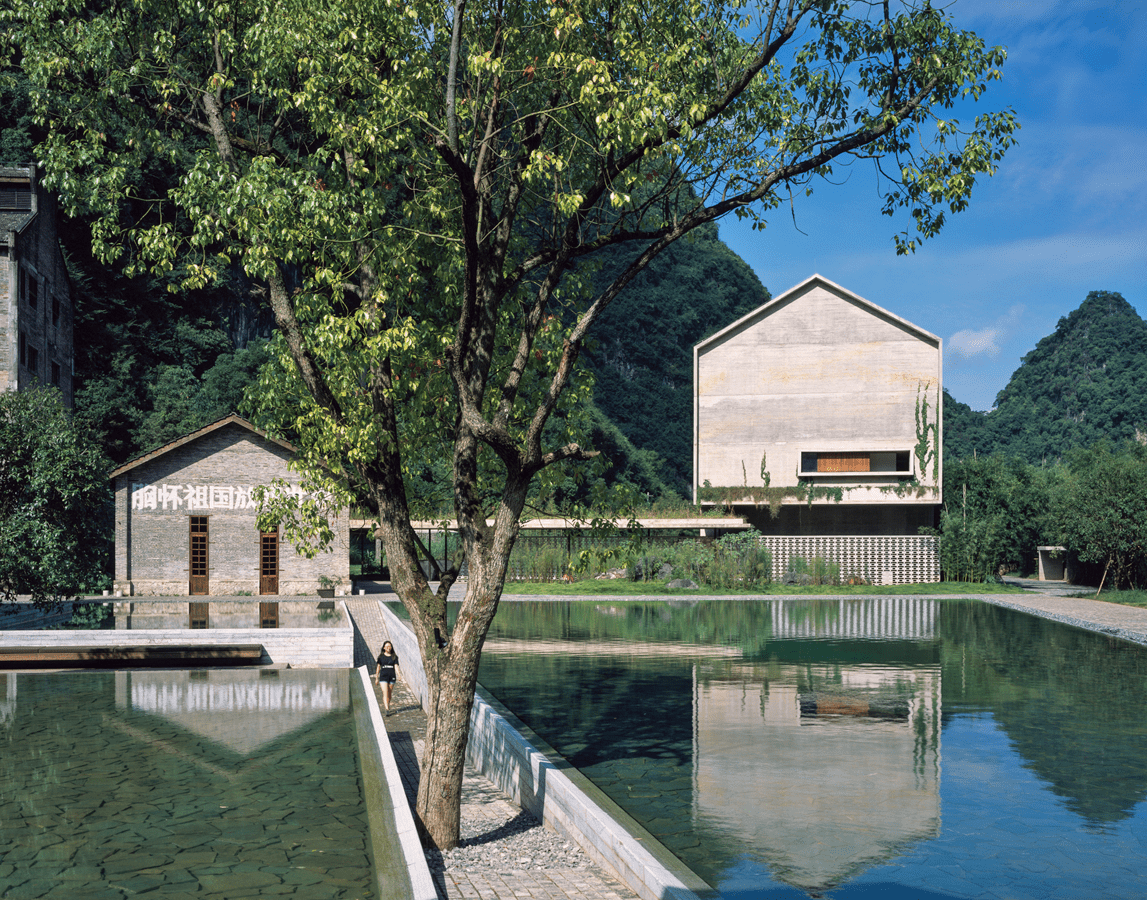
Vector Architects, Alila Yangshuo, Sunken Walkway. Photo: Chen Hao © Vector Architects.
(click on the image to view the photo gallery)
After that, you returned to Beijing, where in 2008 you founded Vector Architects, which, in a few years, stood out as one of the most interesting and emerging architecture studios in China. Nonetheless, it seems that you do not consider your architecture as purely “Chinese”, but as a direct expression of a whole series of factors that include your professional training experiences, your ideas on architectural design, etc. Is that so?
Personally speaking, designing a building that appears like a “Chinese” architecture, or seems to be originated and made from China is not interested me the most, and neither is my ultimate goal. History and the native culture are centainly the issues we respect and need to deal with in the beginning of design, but they are never the ultimate answers.
I feel it is perhaps naturally reflecting on my own personal experience and perspectives, in which diverse cultures were imbedded and combined. Instead of presenting a superficial visual identity, an inherent characteristic or gene of architecture should be embedded there.
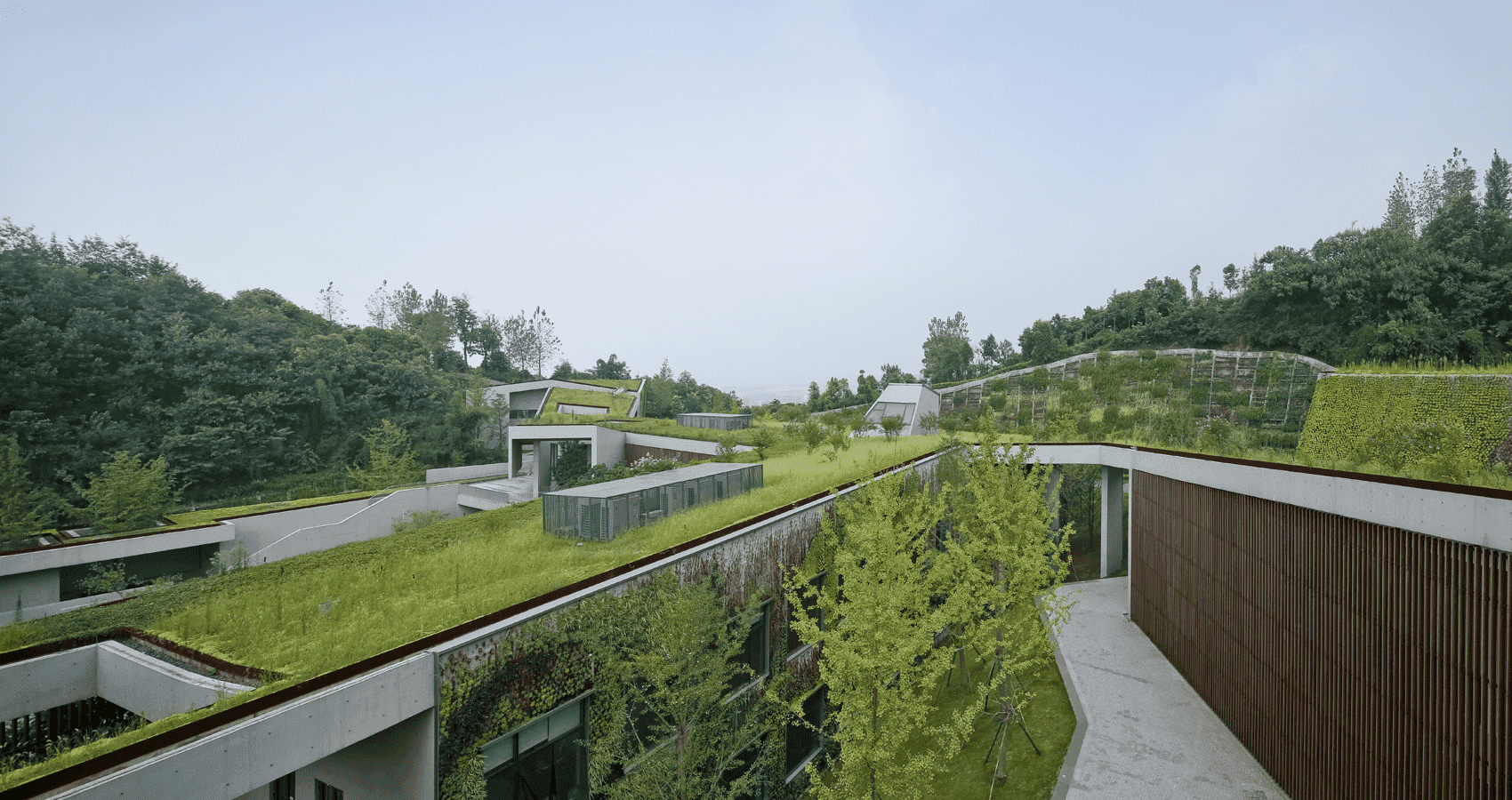
Vector Architects, Chongqing Taoyuanju Community Center. View from entry platform to athletic center. Photo: Su Shengliang © Vector Architects.
(click on the image to view the photo gallery)
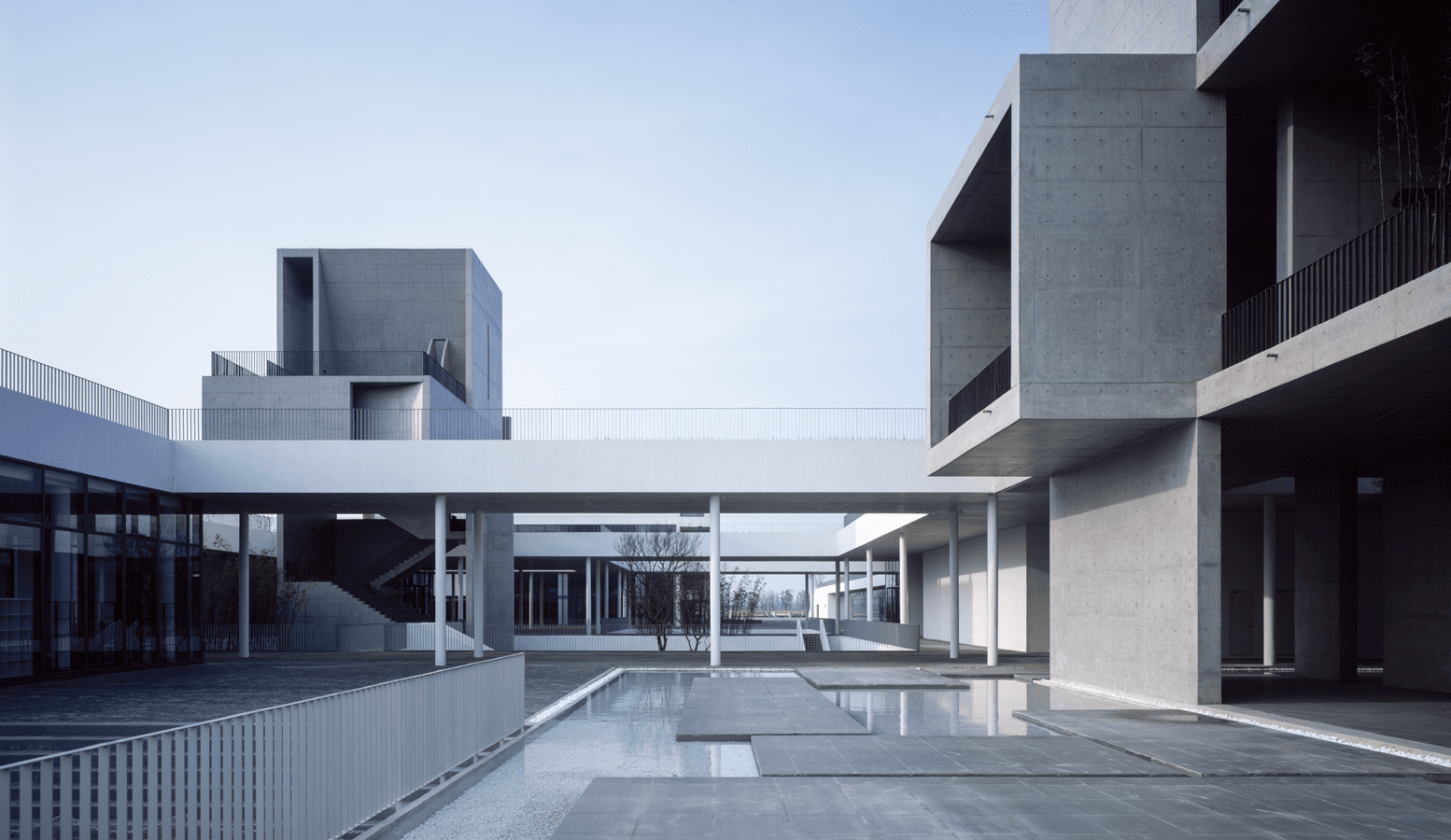
Your works seem to be a perfect synthesis between the functional rationality of the program and the poetry taken from the place and the design theme. What do you think? Is maybe the secret of a good project a bit about finding a good synthesis between the surrounding reality and the architectural fantasy of the designer?
A good architecture must have solved many problems in a very comprehensive way. In terms of the designing process, we tend to try to analyze and understand separate specific issues literally. From my previous experience, I feel that all of these specific issues or problems, including the basic program, the site and etc. will start to melt and interact in my mind after a careful pondering… When it comes to a certain point in the design process, all kinds of issues will then turn into something sensible…
Ultimately, they will be solidified into an integrated answer responding to all of design issues. It is like a chemical reaction.
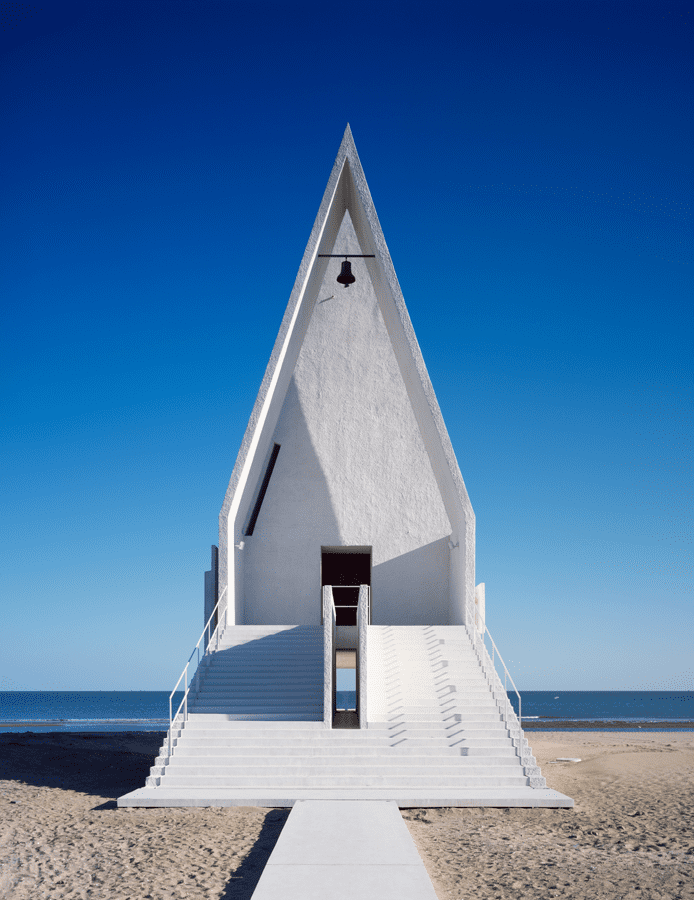
Vector Architects, Seashore Chapel, West Elevation. Photo: Chen Hao © Vector Architects.
(click on the image to view the photo gallery)
Your projects are often located in particular and beautiful natural places, from which, then, you manage to capture the “right spirit”, making the new constructions participate and correspond to that particular place. How do you determine this kind of “right spirit” for your works?
I believe that each site owns its unique so-called right spirit before the intervention of architecture. It could be a natural place, or an ordinary location in an urban context. It could be a unique landscape, a bustling city scenario, or the lively people and their movements. What an architect ought to do is to observe and discover this kind of inherent “right spirit”, then reveal and present it in his own achitectural way.
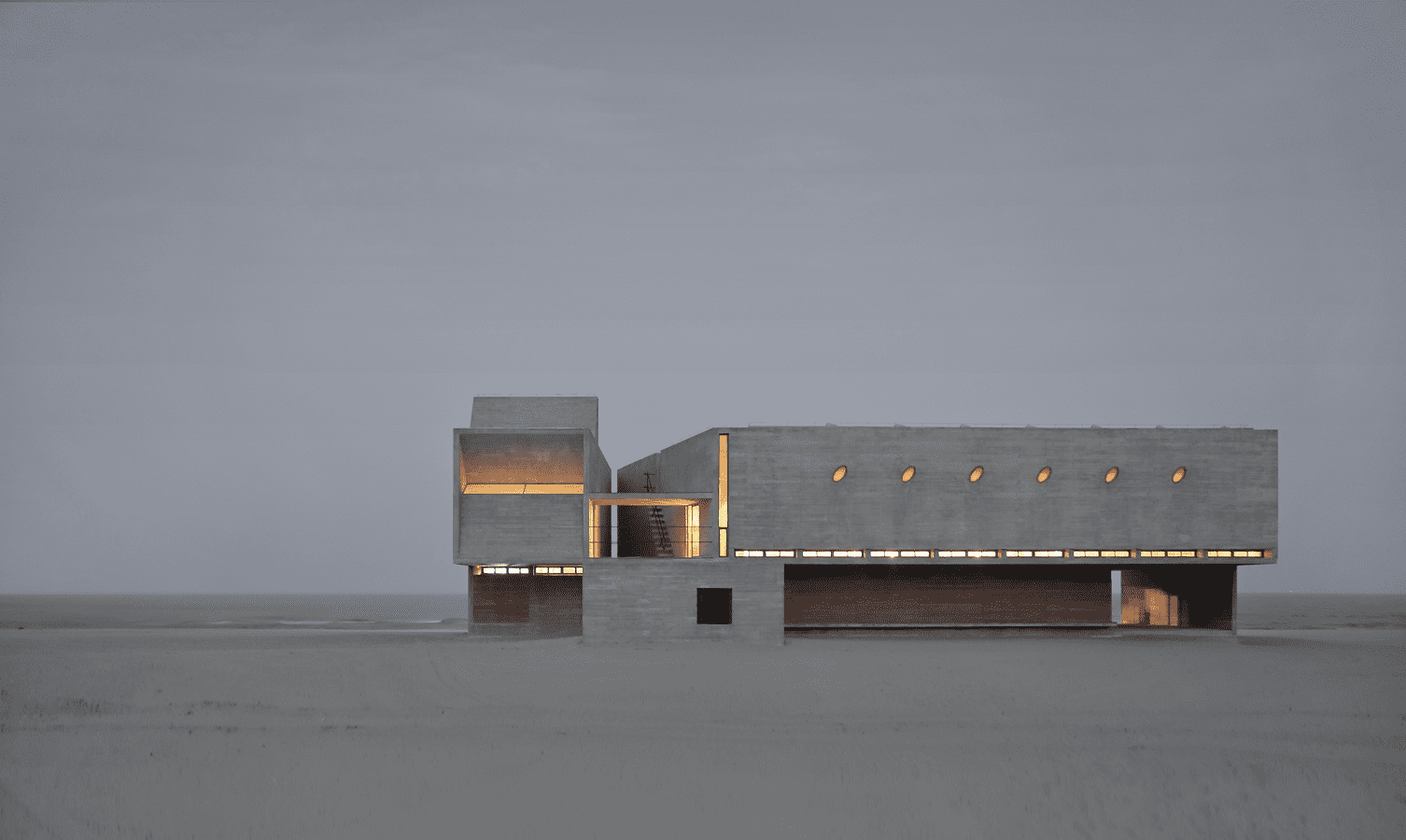
Vector Architects, Seashore Library, West Elevation. Photo: Su Shengliang © Vector Architects.
(click on the image to view the photo gallery)

The architectural detail, the care of the construction phases – through the experimentation and the realization of the mockups –, the mixing of “cold” materials, such as concrete, with natural and “hot” ones, such as bamboo, the study of light and transparencies: all these facts show your utmost attention to the perfect realization of the final architectural product. This is in big contradiction with the simplistic European view of the Chinese way of working as a very fast-paced one. What do you think about it?
Taking a look at the construction industry in China, it is true that the fast pace has brought both advantages and disadvantages during the process of urbanization in the past 15-20 years. The largest quantities of architectures have been built in the shortest time, whereas only a few architects who are making the efforts to insist on their own practicing theories in order to distinguish them from the major trend.
Frankly speaking, we are not obsessed in how an architecture, as a product, can cater to the “market” with its limitations. Vector Architects is always trying to build up our own work methodologies and principles for achieving an eventual good architecture. We hope that after a certain accumulation of practicing, the built-up places and spaces derived from such an attitude could establish a kind of new facet of Chinese Contemporary Architecture, and somehow alter the conventional observation either by Western or by ourselves.
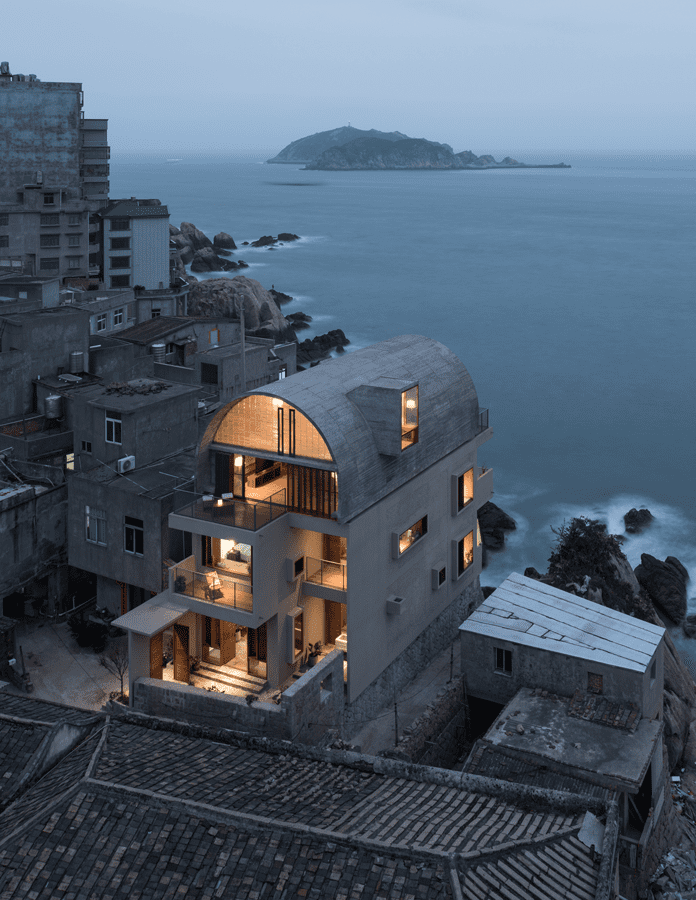
Vector Architects, Renovation of Captain’s House, Evening View. Photo: Chen Hao © Vector Architects.
(click on the image to view the photo gallery)








